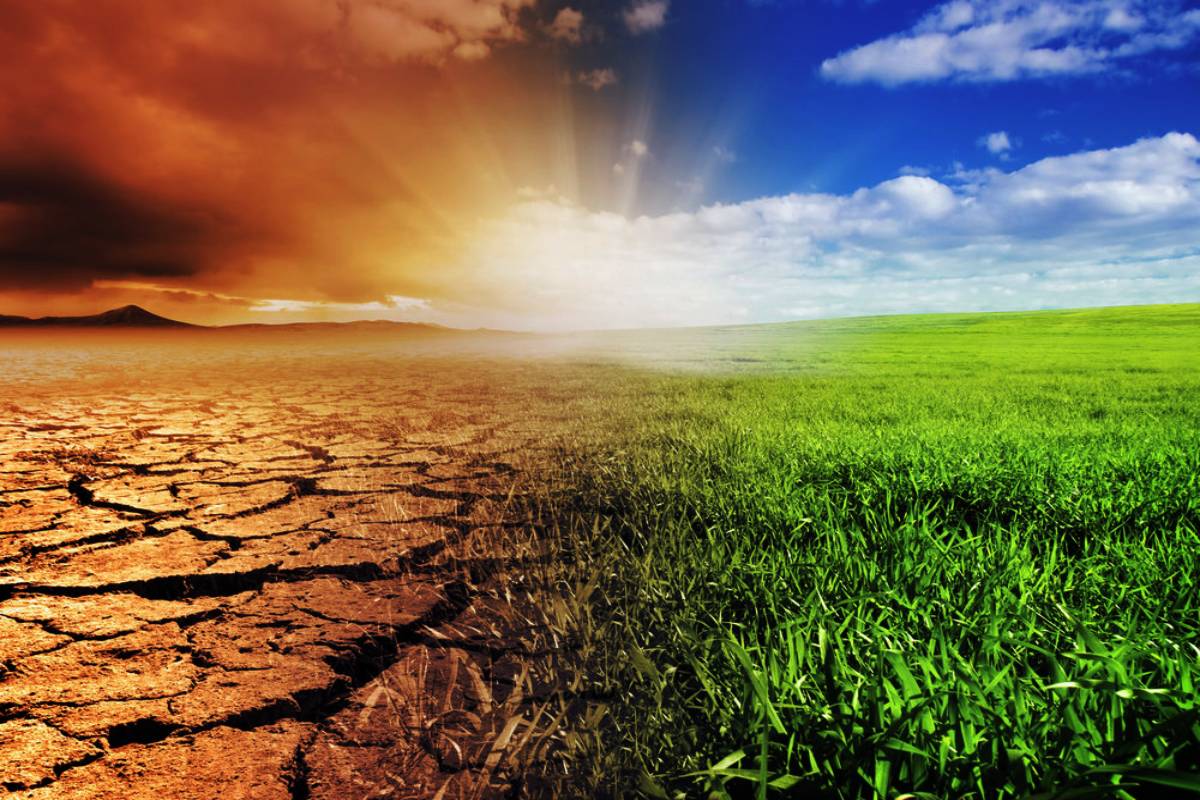Google opens applications for this year’s Startups Accelerator programme in India
Google on Thursday said that it has opened applications for this year's 'Startups Accelerator: AI First' programme in India.
With climate change reshaping our landscapes and intensifying natural disasters, India is taking a bold step toward harnessing the power of artificial intelligence (AI) to bolster its weather forecasting capabilities.

Climate Change (representational image)
With climate change reshaping our landscapes and intensifying natural disasters, India is taking a bold step toward harnessing the power of artificial intelligence (AI) to bolster its weather forecasting capabilities. The recent initiative by the India Meteorological Department (IMD) to test AI-driven climate models represents a significant leap forward, as the country grapples with the escalating frequency and intensity of floods, droughts, and other extreme weather events.
As the most populous nation on Earth, with 1.4 billion people, India faces unique challenges in managing the impact of weather-related disasters, especially considering that a substantial portion of its population is impoverished. The agricultural sector, which is a cornerstone of the Indian economy and a lifeline for millions, is particularly vulnerable. With AI, the IMD aims to revolutionise its forecasting methods, offering a glimpse into a future where technology becomes a linchpin in mitigating the adverse effects of climate change. At the heart of this endeavour is the recognition that traditional forecasting models, reliant on supercomputers and mathematical algorithms, may not be equipped to handle the growing complexity of India’s weather patterns. Global warming has given rise to more erratic clashes between weather systems, necessitating a paradigm shift in how we approach meteorological predictions.
AI, with its ability to process vast amounts of data swiftly, emerges as a game-changer. The IMD’s pursuit of AI-driven climate models is not merely a technological dalliance. It is a strategic move to save lives and protect vital sectors of the economy. The Centre for Science and Environment estimates that nearly 3,000 lives have been lost in India this year alone due to extreme weather events ~ a stark reminder of the human toll exacted by unpredictable climatic conditions. By integrating AI into its forecasting arsenal, the IMD aims to provide more accurate and timely information, enabling authorities and communities to prepare and respond effectively. One of the key advantages of AI in weather forecasting lies in its potential to reduce costs. Unlike traditional methods that rely on supercomputers, AI models can operate on standard desktops ~ a significant advantage for a country striving to optimise resources. However, as with any technological leap, challenges abound.
Advertisement
The need for high-resolution data is paramount for AI models to reach their full potential. India’s decision to embrace AI in weather forecasting is a testament to the nation’s resilience and adaptability. It reflects a forward-looking approach to confront the realities of a changing climate head-on. As the government establishes a centre dedicated to exploring the synergy between AI and traditional models, India positions itself not just as a beneficiary but as a trailblazer in the quest for more reliable and efficient weather predictions. The integration of AI into the meteorological landscape may well be the silver lining that ensures India’s preparedness in the face of an increasingly unpredictable climate.
Advertisement